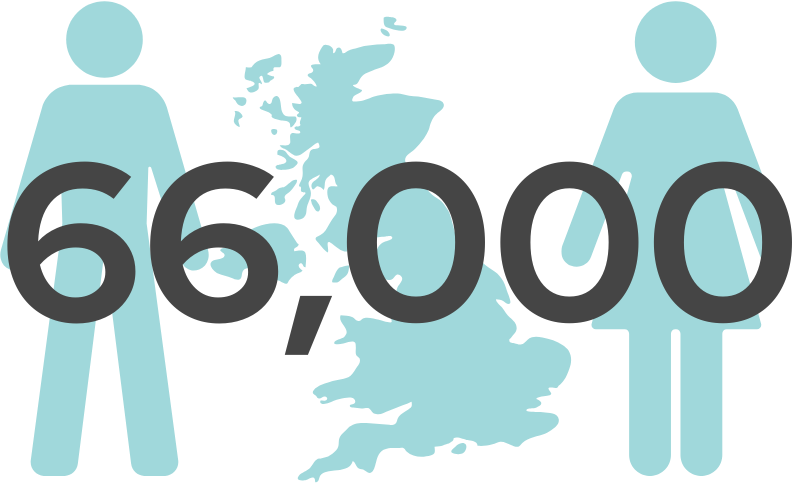Gout
Could you have gout?
✔ Sudden onset of joint pain
✔ Intense pain in one or more joints
✔ Swollen joint(s)
✔ Redness in the joint(s)
✔ Joint(s) that are warm to the touch
✔ Impacted movement of the joint(s)
✔ Shiny skin over the affected joint(s)
Gout is an inflammatory condition, often characterised by excruciating big toe pain. The UK Gout Society states that it is the most common form of inflammatory arthritis, with 1 in 40 people in the UK affected by the condition.
Although flare-ups of gout may go away on their own, treatment is vital for reducing pain and getting gout symptoms under control, whilst preventing permanent joint damage.
Individuals with gout commonly find their mood and quality of life negatively impacted as the condition can heavily influence activities and restrict daily life.
Experienced in the management of gout, our goal is to improve your pain and your quality of life whilst helping you feel supported and confident about how to keep your condition under control and prevent flare-ups.
How Pure Rheumatology London can help you
Dr Naveen Bhadauria is a highly experienced Consultant Rheumatologist in London. He is passionate about achieving early and accurate diagnosis for each of his patients in order to provide effective treatment and improve their lives. After all, accurate diagnosis is vital for getting the correct interventions – particularly when it comes to inflammatory conditions like gout.
Specialist expertise and experience
Access to other trusted top specialists
High quality care with no waiting list
Evidence-led treatments
Gout: The Basics
There’s a lot of social stigma around this surprisingly common condition because it is linked to poor diet and heavy drinking, but that’s not the only culprit. Let’s take a quick look at exactly what gout is and what causes it.
What is gout?
Gout is a musculoskeletal condition, and a type of arthritis. It is a progressive disorder characterised by a build up of crystals in the joint(s) that result in pain. Even the weight of a sock or bed sheet can be unbearable.
Incidences of gout have increased dramatically by 22.5% between 1990 and 2020. It most commonly affects the big toe(s) but can affect other areas of the body, including other parts of the feet, the knees, ankles, elbows, wrists, and hands.
What causes gout?
Gout is caused by a build-up of urate (uric acid) in the blood. It is created when the body breaks down purines. If we make too much urate, eat a lot of foods high in urate or if the kidneys struggle to get rid of it from the body, then levels can build up. Over a sustained period of time, this causes urate crystals to form in the joints. These are tiny, hard and very sharp, and when they rub against the joint lining it can cause intense pain – this is known as a flare-up.
Testing And Diagnosis Of Gout
Diagnosis of gout at Pure Rheumatology London begins with a thorough assessment of your symptoms, full medical history, and family history. This will be followed by an examination. Our consultants are incredibly thorough – you’ll feel listened to and won’t be rushed.
Dr Naveen Bhadauria, Consultant Rheumatologist, explains: “A blood test is an important component in ensuring an accurate diagnosis. In addition to an examination we will carry out a blood test to, firstly, rule out the presence of other serious conditions such as rheumatoid arthritis, because this requires a different approach to treatment. Secondly, we will need to assess urate levels in the blood. A raised level requires interpretation alongside assessment of the clinical symptoms. We may also request an X-ray to assess joint damage.”
Our goal is to provide a fast and accurate diagnosis so that we can create the most appropriate and effective treatment plan for you to help get your symptoms under control, prevent future flare-ups, and limit permanent joint damage.
Treatment For Gout
Many people just put up with gout but by not seeking the appropriate treatment, it can spread to other joints, and future flare-ups can become longer and more frequent. Delaying treatment can also lead to permanent joint damage – lumps called tophi – which can be painful and affect mobility.
As soon as flare-ups occur it is important to seek help from a rheumatologist. Here at Pure Rheumatology London, the aim of your personalised gout treatment plan will always be to get your symptoms under control as quickly as possible, with a focus on regaining your quality of life. Alongside this, we look at long-term management of the condition and preventing flare-ups, further joint damage, and complications. A long-term approach is very important as a high urate level can also lead to other health conditions such as kidney stones, and osteoarthritis. It is also a risk factor for cardiovascular disease.
The first line of treatment is usually Non-Steroidal Anti-Inflammatories (NSAIDs) such as naproxen, diclofenac, and etoricoxib. However, prednisolone may be prescribed if patients are not able to have NSAIDs. NSAIDs should be taken alongside adopting beneficial lifestyle measures, such as a low-purine diet, weight loss, and limiting alcohol. If we find that the combination of anti-inflammatories and lifestyle changes are not adequately controlling the condition, then other medications such as allopurinol or febuxostat may be considered as a way of chemically reducing uric acid/urate levels in the blood. At your assessment we will discuss the best route forward for you.
FAQs
A gout flare-up can be triggered by:
- Consuming a lot of alcohol
- Consuming a very fatty meal
- Dehydration
- A high temperature (as a result of illness)
- Trauma (for example, a joint injury)
- Certain medications, such as aspirin, diuretics, and blood pressure medications including beta-blockers. If you are concerned about your medications triggering a flare-up, please speak with your rheumatologist.
During a gout flare-up try to avoid eating large quantities of foods that are high in purines, and avoid putting pressure on the affected joint by elevating it when possible. Don’t avoid drinking water as it can help flush out the uric acid in the body. Don’t forget to eat fruit – vitamin C (500 to 1500mg per day) can help decrease uric acid levels.
Managing your diet can greatly impact the management of gout. Foods high in purines are known to raise urate levels in the blood. Foods that are high in purines include beef, offal, pheasant, rabbit, venison mackerel, trout, shellfish, gravy, and beer. Mushrooms, baked beans, cauliflower, asparagus, and wholegrains contain a moderate amount of purines.
Reducing consumption of these foods and increasing the number of low-purine foods you eat can have a beneficial impact on urate levels. Low purine foods include dairy, eggs, bread and cereals (not wholegrain), fruit and vegetables (except asparagus, cauliflower, and spinach).
Outside of diet, there are a number of other risk factors associated with gout. This includes:
- Age (with increasing age comes higher risk)
- Being male
- Weight – being overweight or obese
- Having kidney disease
- Certain medications can increase urate levels
- Genetic factors (genes SLC2A9 and ABCG2)
- Menopause
Risk factors work both ways and gout can also increase the risk of other health conditions. For example, individuals with gout have a 29% higher risk of kidney disease than those without gout.




